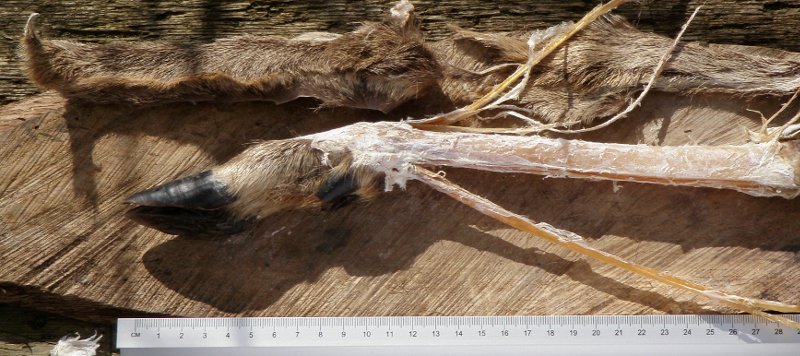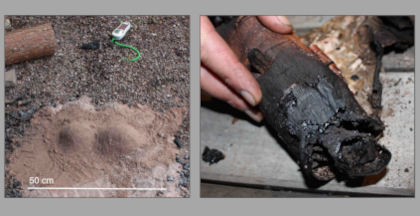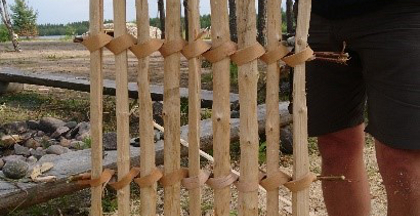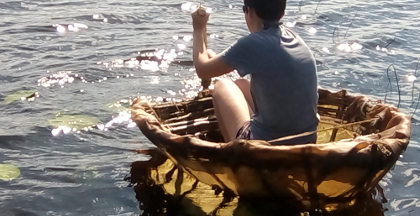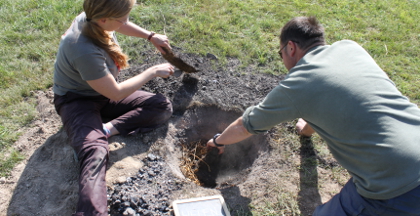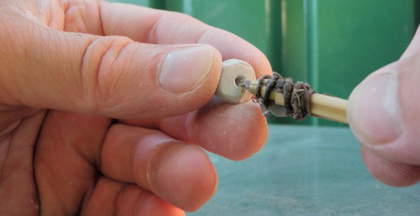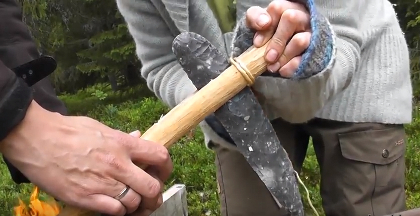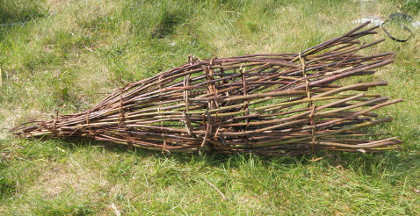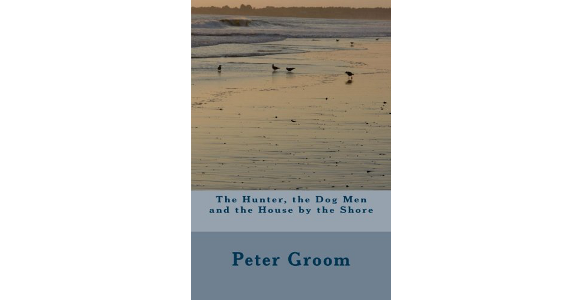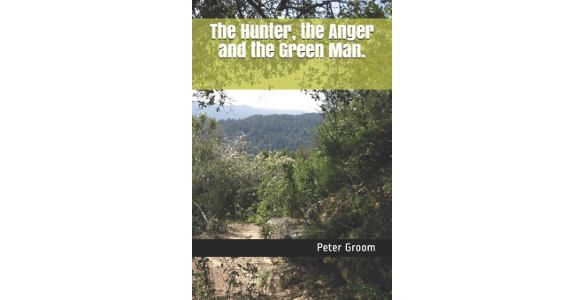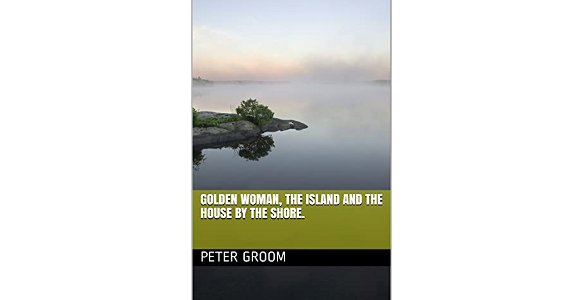Schenck, T. & Groom, P. (2022). Palaeolithic birch bark tar production in mound structures. (available online).
Groom, P. (2021). Golden Woman, the Island and the House by the Shore (The Hunter series, book three). Amazon books. (order online).
Groom, P. (2019). The Hunter, the Anger and the Green Man (The Hunter series, book two). Amazon books. (order online).
Groom, P., McDermott, I., & Kirby, E. (2019). The Construction of a Skin-on-Frame Coracle at Kierikki Stone Age Centre. (available online).
Groom, P., Sweeney, P., & Findlay, J. (2019). The Construction of a Skin-on-Frame Canoe at Kierikki Stone Age Centre, Finland, as a Medium for Group Training in Ancient Skills and Experiential Learning. (available online).
Groom, P., Pickard, C., & Bonsall, C. (2019). Early Holocene Sea Fishing in Western Scotland: An Experimental Study. Journal of Island & Coastal Archaeology. Vol 13(3). (available online).
Groom, P., Kirby, E., & Findlay, J. (2018). The Construction of a Replica Section of the Middle Subneolithic Purkajasuo Lath Screen Fish Weir at Kierikki Stone Age Centre, Finland. (available online).
Schenck, T. & Groom, P. (2018). The aceramic production of Betula pubescens (downy birch) bark tar using simple raised structures. A viable Neanderthal technique? Journal of Archaeological and Anthropological Sciences. Vol 10(1). (available online).
Groom, P. (2016). The Hunter, the Dog Men and the House by the Shore (The Hunter series, book one). Amazon books. (order online).
Bonsall, C., Pickard, C., & Groom, P. (2015). Intensification of Aquatic Resource Exploitation at the Terminal Pleistocene/ Early Holocene Boundary? Presented at The 80th Annual Meeting of the Society for American Archaeology, San Francisco, California. 2015 (tDAR id: 394966)
Groom, P., Schenck, T., & Pedersen G. (2015). Experimental explorations into the aceramic dry distillation of Betula pubescens (downy birch) bark tar. Archaeological and Anthropological Sciences. Vol 7(1). (available online).
Groom, P. (2013). Experiments with a finger drill. Bulletin of Primitive Technology 46, 10-16.
Bonsall, C., Pickard, C., & Groom, P. (2013). Boats and Pioneer Settlement: The Scottish Dimension, Norwegian Archaeological Review, 46/1.
Schenck, T. (2011). Experimenting with the unknown. In Experimental archaeology: between enlightenment and experience. Edited by B Petersson, and L E Narmo,
Acta Archaeologica Lundensia, no.62. (available online).
Groom, P. (2010). Yarns in Ancient Times. Yarnmaker. Vol 2:3.
Schenck, T. (2010). Why were they pots? : an experimental perspective on the introduction of ceramics in Early Neolithic South Norway. Lambert Academic Press. (available online).
Groom, P. (2009). Experimental archaeology: How can it help us to understand our links with nature and the past? Nicolay 107:45-50.
Schenck, T. (2009). Can we involve the public in experimental research? EXAR Bilanz.
